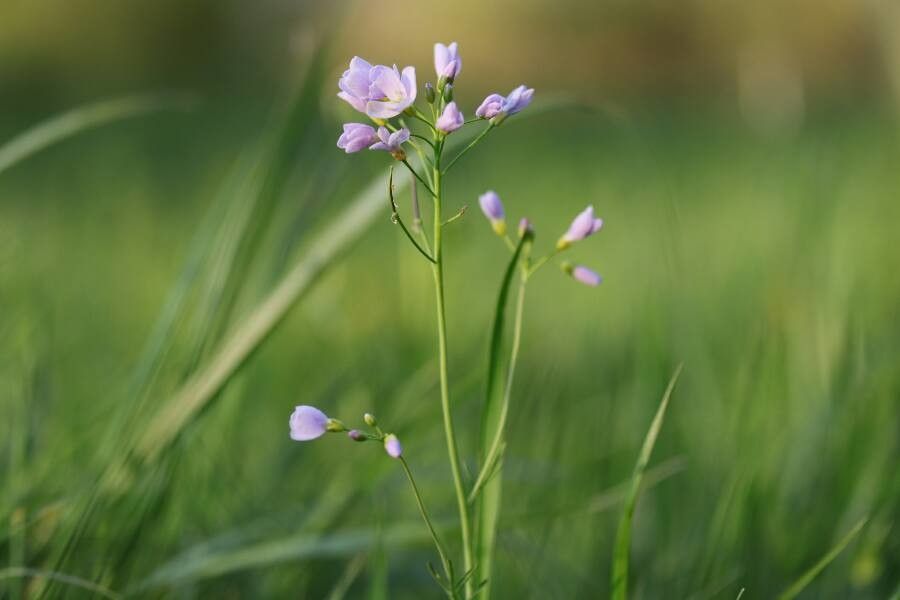# Alfalfa: A Deep Dive into This Versatile Legume
Alfalfa ( *Medicago sativa*), also known as lucerne, is a perennial flowering plant belonging to the Fabaceae family (the legume family). More than just a pretty plant, alfalfa boasts a rich history and a wide range of uses, making it a fascinating subject for gardeners, farmers, and anyone interested in sustainable agriculture and nutrition.
### Habitat and Growth
Native to the Mediterranean region, alfalfa has adapted to thrive in a variety of climates worldwide. It's highly adaptable, but generally prefers full sun exposure and well-drained soil. Its deep taproot allows it to access water and nutrients unavailable to shallower-rooted plants, making it drought-tolerant once established. Alfalfa’s ability to fix nitrogen in the soil through symbiotic bacteria in its root nodules makes it an excellent soil improver, enriching the land for subsequent crops.
### Soil Needs
While adaptable, alfalfa thrives in well-drained, slightly alkaline soils (pH 6.8-7.5). Heavy clay soils or those with poor drainage can hinder its growth. Soil testing is recommended before planting to assess the nutrient content and pH levels. Amendments like lime may be needed to correct soil pH. Good drainage is crucial to prevent root rot, a common problem in poorly-drained soils.
### Sun Exposure
Alfalfa needs ample sunlight—at least six to eight hours of direct sunlight per day for optimal growth. Shaded areas will result in reduced yields and weaker plants. In hot climates, some afternoon shade might be beneficial, particularly for newly established plants.
### Uses and Benefits
Alfalfa's primary use is as a high-quality forage crop for livestock. It's a nutritional powerhouse, rich in protein, vitamins (especially vitamin K and vitamin A), and minerals. Its high fiber content promotes healthy digestion in animals. Beyond livestock feed, alfalfa sprouts are a popular health food, appreciated for their nutritional value and crunchy texture. Alfalfa also plays a significant role in soil conservation, improving soil structure and fertility.
### Growing Alfalfa
Alfalfa can be grown from seed. Proper seed preparation and planting depth are essential for successful germination. It's crucial to choose high-quality, disease-free seed adapted to your specific climate. Weed control is important, particularly in the early stages of growth. Regular mowing or grazing helps maintain the plant's vigor and prevents it from becoming woody.
### Potential Challenges
Despite its resilience, alfalfa is susceptible to various pests and diseases. Careful monitoring and preventative measures, including crop rotation and proper pest management strategies, are essential for healthy growth. Overgrazing can also damage the plants. Alfalfa weevil and various fungal diseases are common concerns.
### Conclusion
Alfalfa's adaptability, nutritional value, and soil-improving properties make it a valuable asset in agriculture and beyond. By understanding its needs and challenges, you can harness its benefits for livestock feed, human consumption, and soil health. Further research into specific regional variations and best practices is always recommended.
Alfalfa: The Complete Guide to Growing & Using This Forage Crop

Frequently Asked Questions
How to grow alfalfa successfully?
Successful alfalfa cultivation requires well-drained, slightly alkaline soil, full sun exposure, high-quality seed, and proper planting depth. Weed control and pest management are also crucial.
What are the benefits of alfalfa for soil health?
Alfalfa's deep taproot improves soil structure, and its nitrogen-fixing ability enriches the soil with nutrients, enhancing fertility for subsequent crops.


